Nesting boxes for hens are an essential part of chicken husbandry, and selecting the right nesting boxes can make a huge difference in the success of your flock. In this article, we will explore how to choose the right nesting boxes for hens in chicken husbandry. We will look at things like size, materials, and placement, so that you can make an informed decision when it comes to selecting the best nesting boxes for your chickens.
Benefits of Having Nesting Boxes
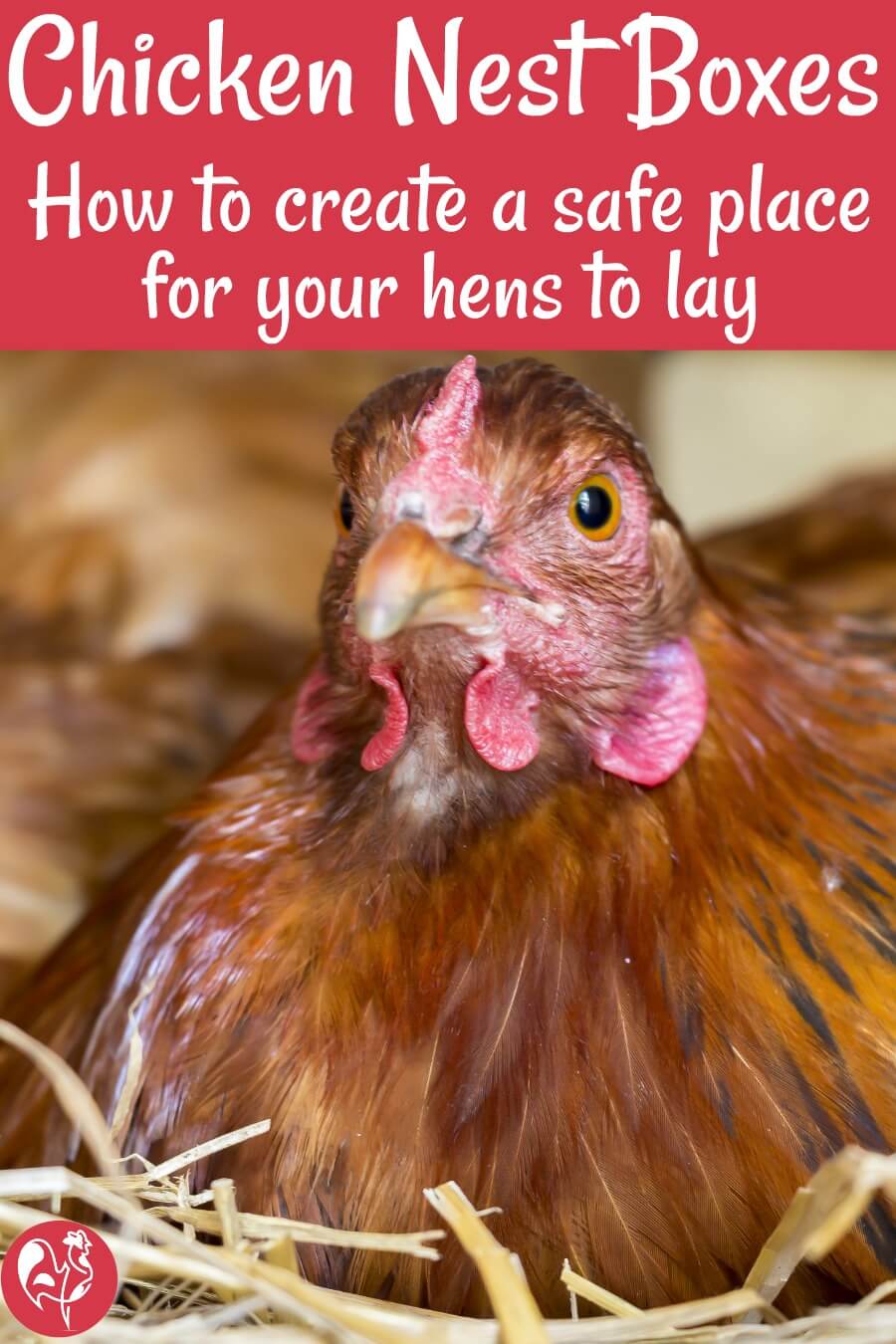
- Security and Comfort: Nesting boxes provide a safe and comfortable space for your chickens to lay eggs. The boxes are typically made of wood and can be easily lifted, providing a secure space for the chicken to enter and leave without worrying about predators.
- Egg Production: By providing your chickens with an ideal nesting space, you can increase the amount of eggs they lay, resulting in higher production and better quality eggs.
- Cleaner Eggs: Nesting boxes offer a clean and dry environment for your chickens to lay eggs, helping to reduce the risk of diseases and contamination.
- Egg Retrieval: Nesting boxes make it easier to collect eggs from your chickens. Since the eggs are kept in the same place, it is easier to keep track of the eggs and can be easily collected and cleaned.
- Cost Savings: Making chicken nest boxes is not a very expensive endeavor and can be done with simple materials and tools. This can save you money on buying expensive nesting boxes from pet stores or online.
Types of Nesting Boxes

Nesting boxes for chickens come in a variety of shapes and sizes. Some are designed for large breeds such as Leghorns, while others are suitable for smaller breeds like Bantams. The most popular nesting boxes are made from wood, plastic and metal.
Wooden Nesting Boxes
Wooden nesting boxes are a classic choice for chicken husbandry. They are easy to clean, and the natural wood texture is attractive. Wooden boxes are also durable, so they’ll last for years with proper care. The downside is that they can be more expensive than other types.
Plastic Nesting Boxes
Plastic nesting boxes are lightweight and easy to move around. They come in a variety of colors and patterns, so you can find one to match your chicken coop. Plastic boxes are also inexpensive, making them a great choice for budget-conscious chicken keepers. The downside is that they may not be as durable as wooden boxes.
Metal Nesting Boxes
Metal nesting boxes are the most durable option. These boxes are strong enough to withstand the elements and won’t crack or break easily. They are also more hygienic than wooden and plastic boxes, as they can be easily wiped down and disinfected. The downside is that they can be the most expensive option, though you can find cheap chicken nesting boxes online.
Building Chicken Nest Boxes
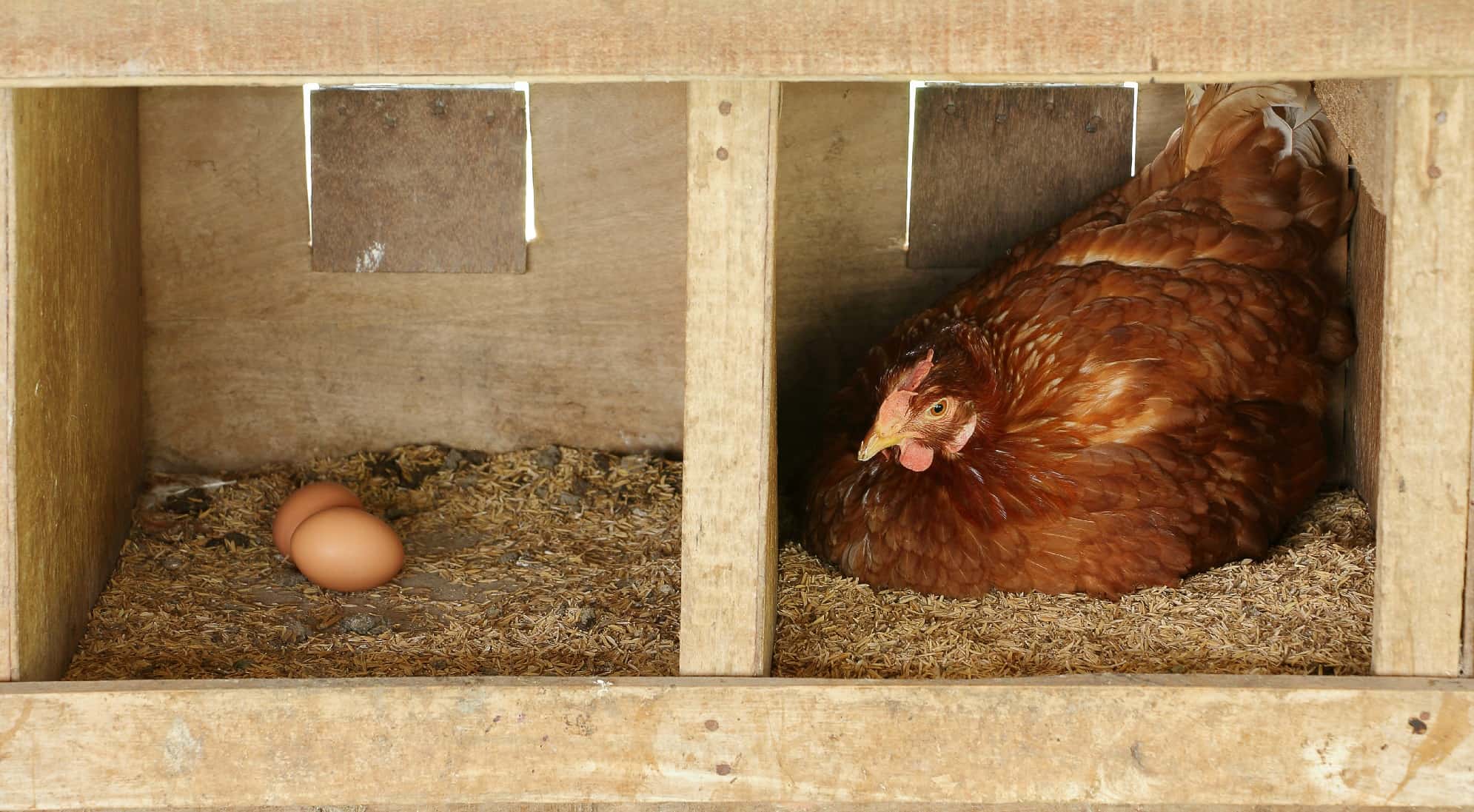
Materials Needed
Wood, chicken wire, screws, saws, and other tools.
Steps
Cut the wood. Using saws, cut the wood into pieces according to the desired size of the nest box. Make sure to measure the wood pieces accurately.
Assemble the pieces. Attach the wood pieces together with screws to form the nest box. It is important to ensure that the pieces are secured together properly for the box to be sturdy.
Attach the chicken wire. Secure the chicken wire to the box using screws. This will prevent predators from entering the box.
Place the box in the coop. Place the box in the chicken coop and fill it with hay or straw. This will make the box more comfortable for the chickens.
Check the box regularly. It is important to inspect the box regularly to make sure it is in good condition and that the chickens are using it correctly.
Making Chicken Nest Boxes

Materials Needed
- Plywood
- Screws
- Hinges
- Latch
- Nails
- Straws
Steps
Cut Plywood: Cut two 15”x15” pieces of plywood.
Assemble Frame: Secure the two pieces of plywood together by screwing them into each other.
Add Hinges and Latch: Attach the hinges and latch to the frame.
Add Straws: Place straws inside the frame for insulation and comfort.
Secure Nails: Secure nails along the edges of the frame to provide a grip for the hens.
Ready for Use: Your easy chicken nesting boxes are now ready for use.
Cheap Chicken Nesting Boxes
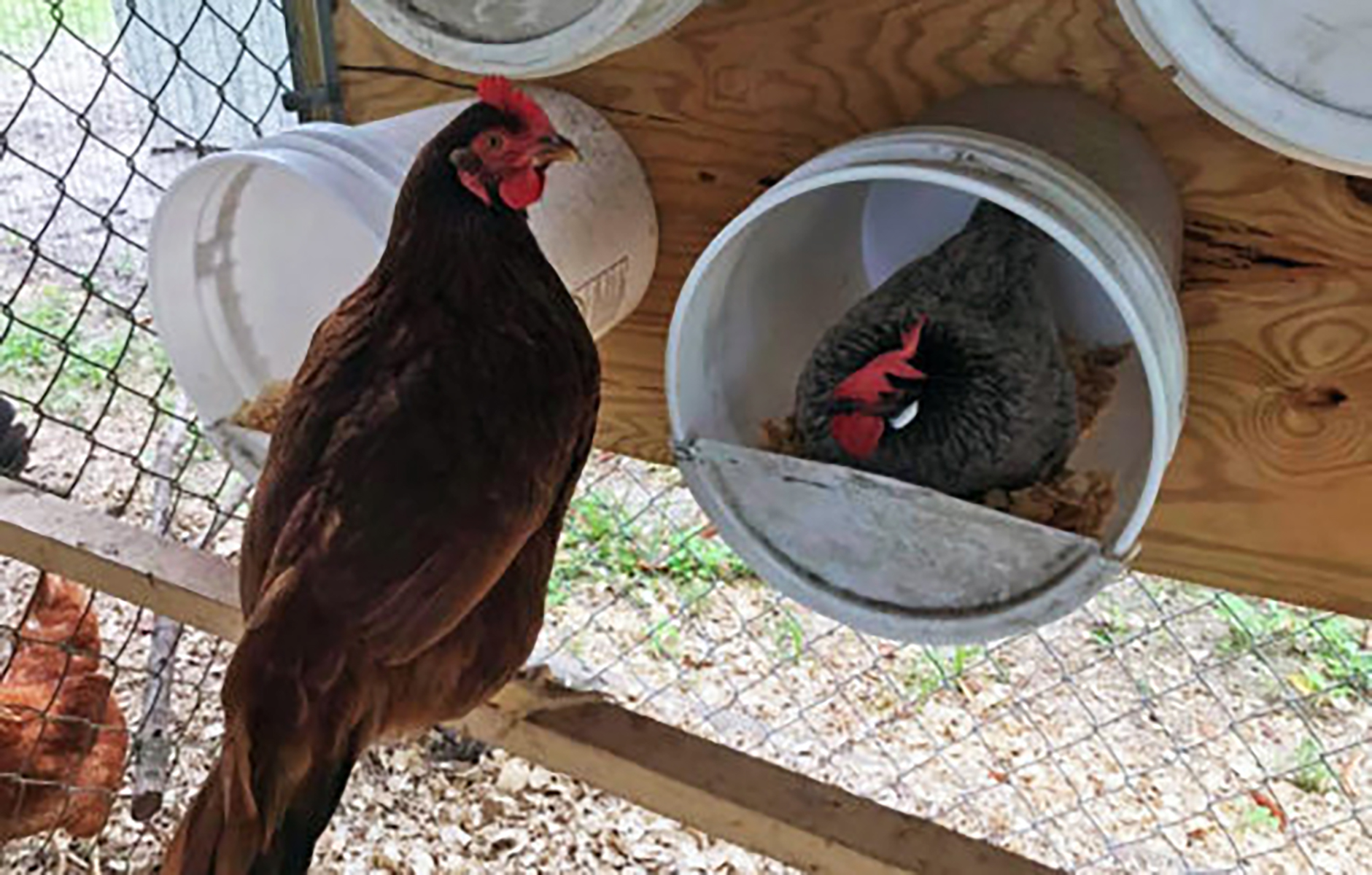
Materials Needed
Wood, Plywood, Nails, Wood Glue, Finishing Materials (Paint, Varnish, etc.).
Steps
1. Cut the wood pieces to size according to the measurements of the chicken nesting boxes you’d like to make.
2. Connect the pieces of wood together using nails or wood glue to form the frame of the nesting boxes.
3. Cut a piece of plywood to fit the frame and secure it with nails or wood glue.
4. Apply the finishing materials such as paint or varnish to protect the wood from moisture and weather.
5. Place the nesting boxes in the chicken coop to allow the hens to lay their eggs in them.
Making cheap chicken nesting boxes is a great way to save money while providing a safe and comfortable place for your hens to lay their eggs. With the right materials and a few simple steps, you can easily make your own chicken laying boxes and save some money in the process.
How to Make a Nest Box for Chickens
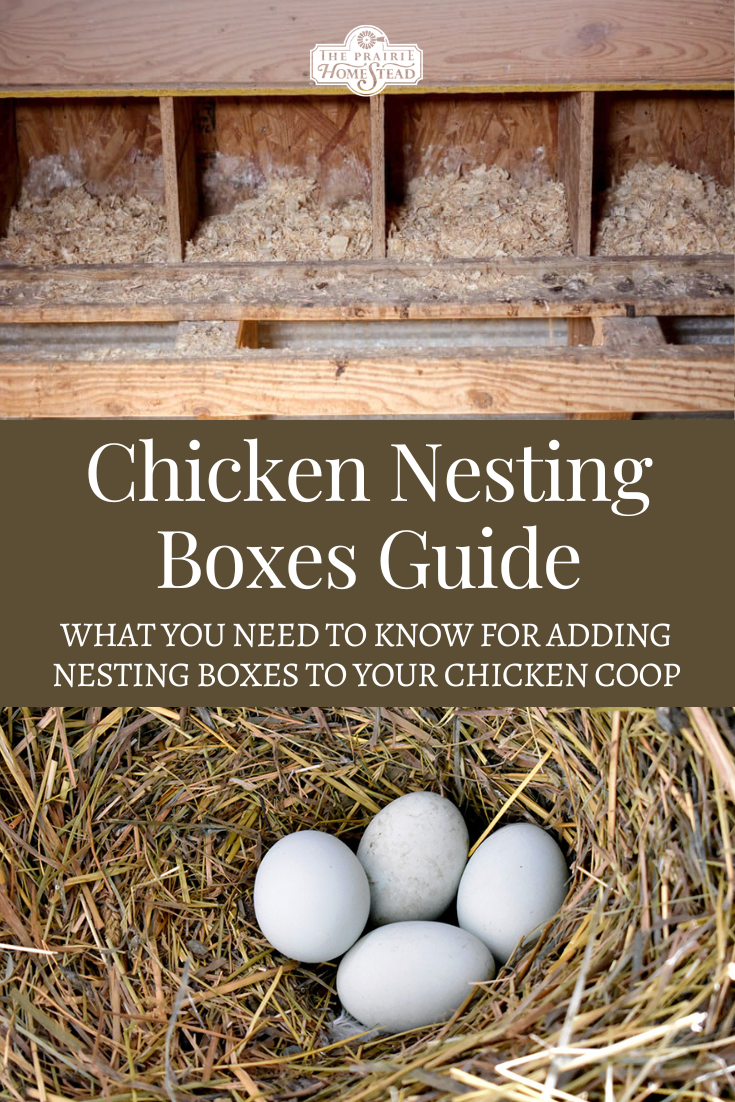
Materials Needed
Tools: Saw, drill, hammer, screwdriver, nails, screws.
Materials: Plywood, 2×4’s, chicken wire, hinges, screws, nails, and paint.
Steps
Measure and cut the plywood into four equal rectangles. Each should be 12-inches wide and 24-inches long.
Cut the two 2×4’s into four pieces, each 24-inches long.
Assemble the four pieces of plywood into a box shape with the 2×4’s as the sides. Secure the sides with screws.
Create an opening for the chickens to enter and exit the box by cutting a 10-inch by 12-inch hole in the front of the box.
Attach chicken wire to the inside of the box with nails to serve as a perch for the chickens.
Attach two hinges to the top of the box, so that it can be opened and closed.
Paint the box with a non-toxic paint.
Secure the box to a wall or a fence post with screws.
Building a chicken nesting box is an easy and cost-effective way to provide a secure and comfortable home for your chickens. With a few basic tools and materials, you can build your own chicken nest boxes and provide a great home for your hens.
Easy Chicken Nesting Boxes

Materials Needed
- Plywood (1/2 inch thick)
- Screws (1 to 1-1/4 inch)
- Nails (3/4 to 1 inch)
- Scrap wood (for base)
- Paint (optional)
Steps
- Cut the plywood into four pieces of 12”x12” squares.
- Attach the four pieces together with screws and nails.
- Cut the scrap wood into four pieces of 12”x6” rectangles.
- Attach the rectangles to the four sides of the plywood, along the edges.
- Paint the nesting boxes if desired.
These easy-to-follow steps will help you create the perfect nesting boxes for your hens. With the right materials and a bit of patience, you can easily construct your own nesting boxes for your chicken coop. Once you’ve made your nesting boxes, you can rest assured that your hens will have a comfortable and safe place to lay their eggs.
How to Make Chicken Laying Boxes
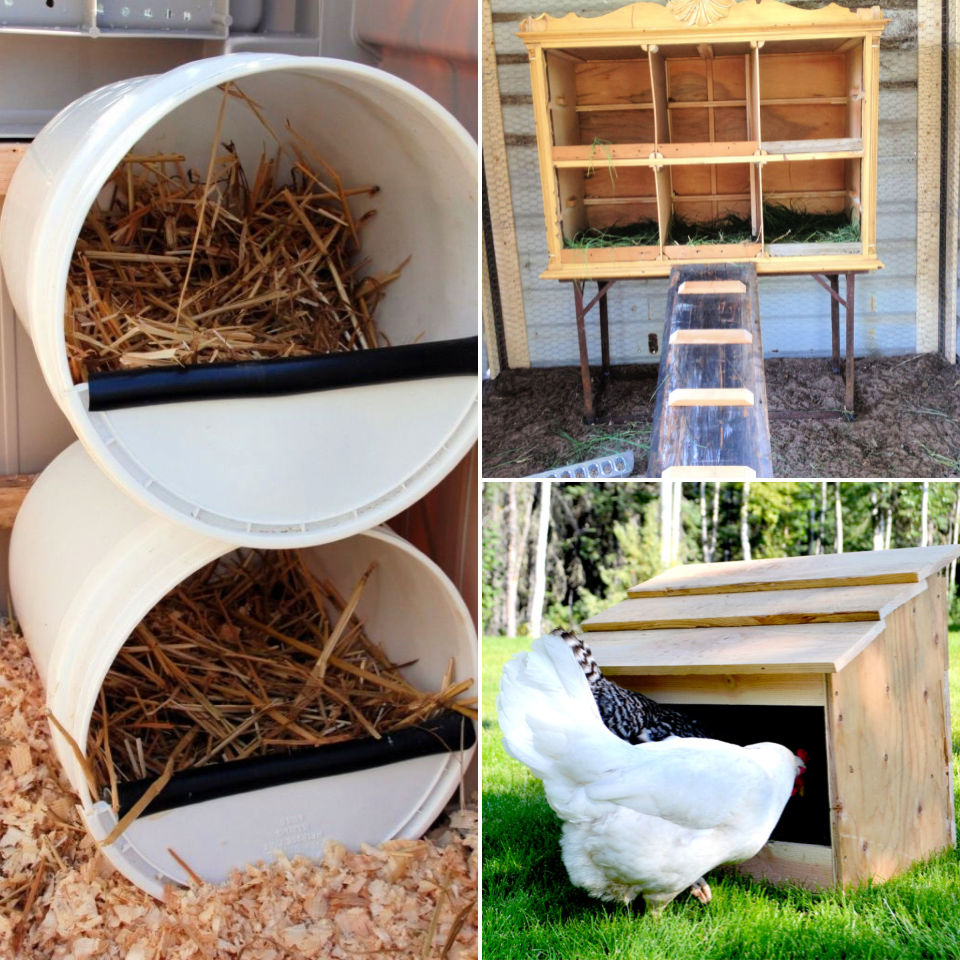
Materials Needed
- Wooden boards
- Plywood
- Screws and nails
- Saw
- Caulk
- Paint
Steps
- Cut the wooden boards to the desired size for the nesting box wall frame and the plywood for the floor.
- Assemble the wall frame and use screws to secure the joints.
- Attach the floor to the wall frame with nails.
- Seal the joints with caulk.
- Paint the nesting box with a non-toxic paint.
- Cut a hole in the front of the nesting box.
- Install the nesting box in your chicken coop.
Build Chicken Nest Boxes
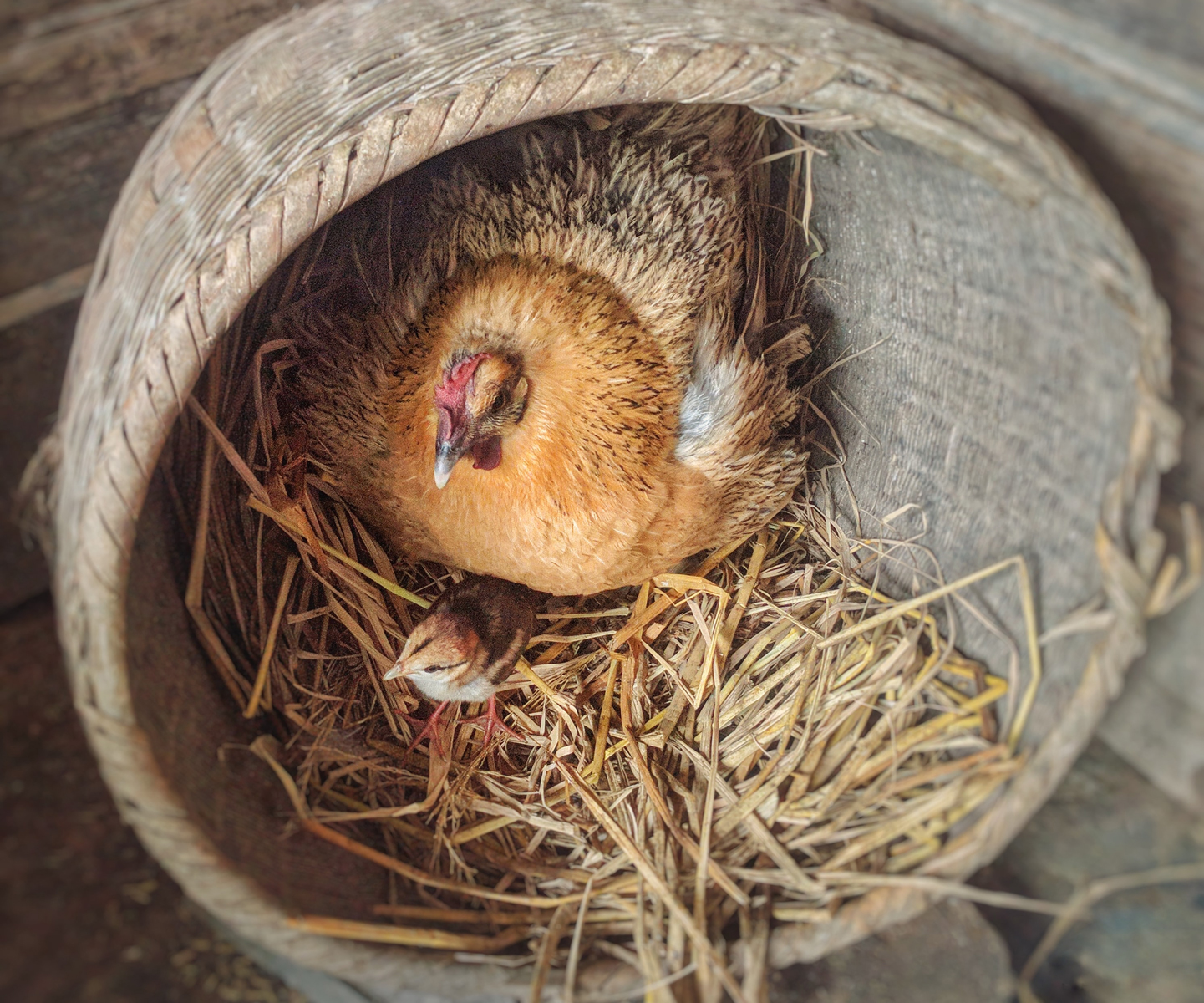
Materials Needed
- Wooden boards
- Screws
- Nails
- Hammer
- Drill
- Saw
Steps
- Measure the area – Firstly, measure the area, where the nesting boxes will be placed. This will help you decide the size of the box.
- Cut the wood – Cut the wooden boards into the desired size and shape.
- Assemble – Assemble the boxes using nails and screws. Make sure that the boxes are sturdy and secure.
- Check the access – Check that the hens can easily access the nesting boxes and the eggs can be safely removed.
- Install – Install the nesting boxes in the chicken coop or hen house.
How to Make Chicken Coop Nesting Boxes
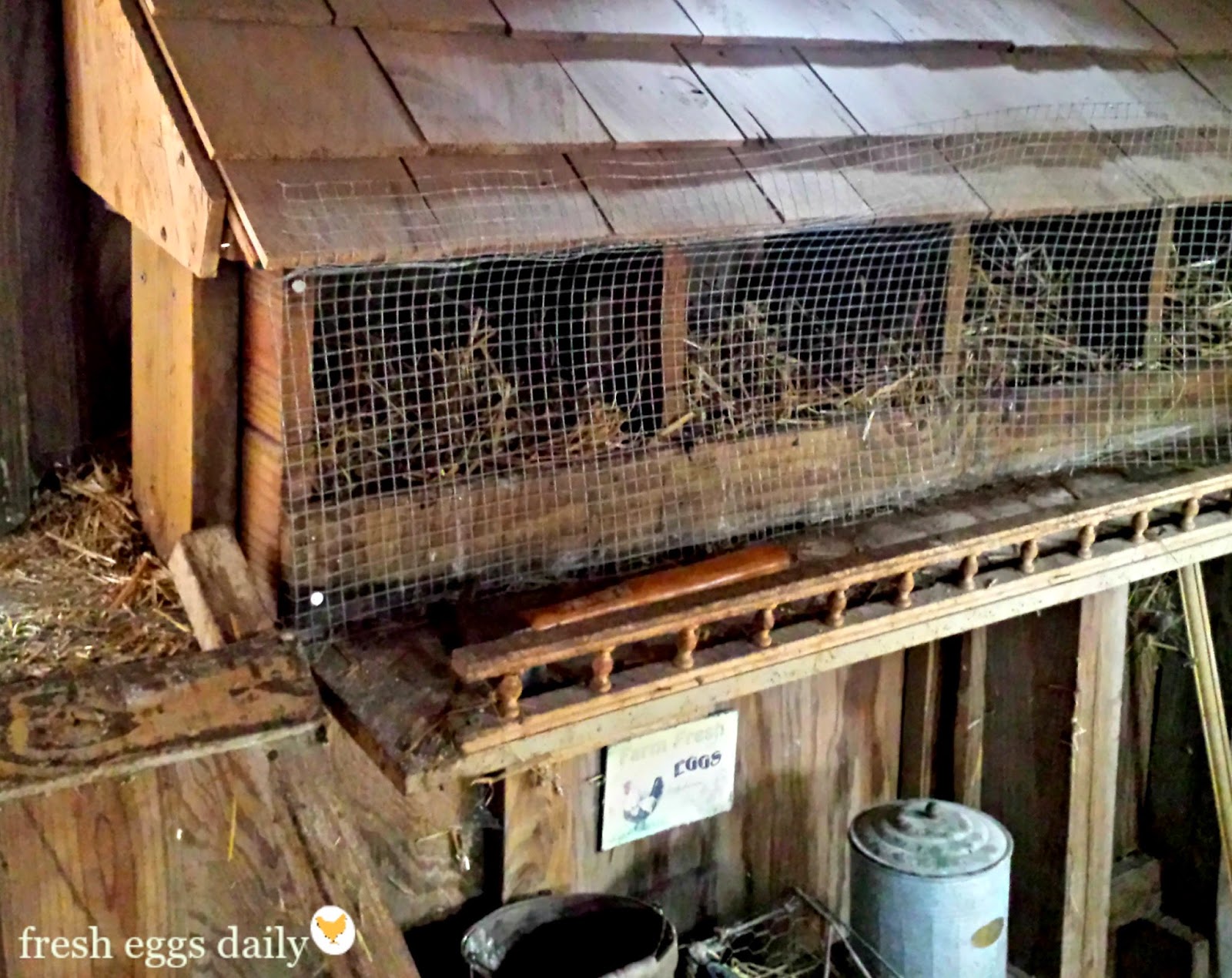
Materials Needed
Wood planks, screws, nails, saw, drill, measuring tape, and paint.
Steps
Measure and cut four wood planks to make two sides of the nesting box. Connect the two sides with two wood planks at the back and one in the front. Secure the planks with screws or nails.
Drill two small holes in the front plank for the hen to enter and exit the nesting box.
Paint the nesting box with a non-toxic paint.
Place the nesting box in the chicken coop and fill it with straw or hay.
How to Build Nesting Boxes for Chicken Coops
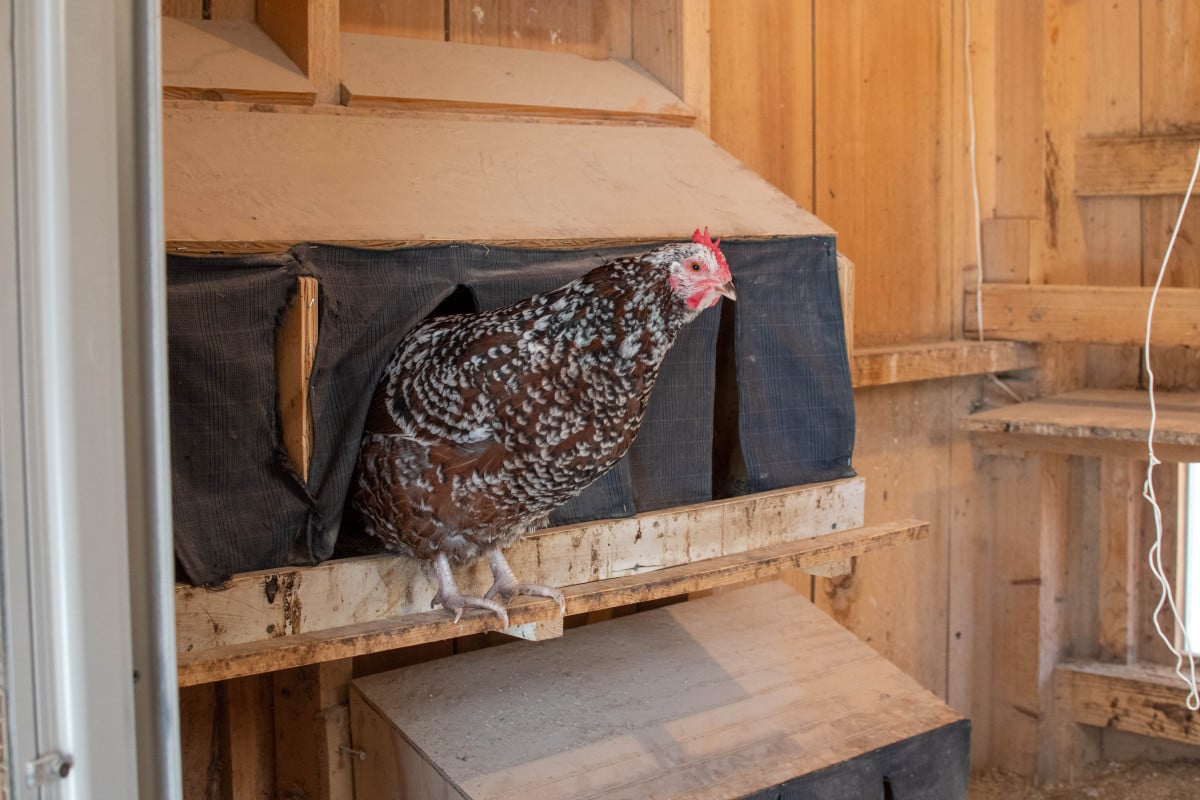
Materials Needed
Wood – Using quality lumber is essential for the longevity of your nesting boxes. Cedar is often recommended as it is resistant to rot and decay. You can also use plywood, which is cheaper and easier to find.
Hardware – For the construction of the nesting boxes, you will need nails, screws, hinges, handles, and other hardware.
Paint/Stain – Paint or stain your nesting boxes for an additional layer of protection from weather and pests.
Steps
Measure and cut the wood to the desired size. Use a saw to cut the wood and a measuring tape to measure the length and width of the boxes.
Assemble the pieces of wood. Nail or screw the pieces together to form the nesting boxes.
Attach the hardware. Use hinges, handles, and other hardware to secure the boxes.
Paint or stain the boxes. Add an extra layer of protection for the boxes with paint or stain.
Install the boxes. Attach the boxes to the side of the chicken coop.
Test the boxes. Check the boxes for any signs of wear or damage.
Enjoy the eggs! Once the boxes are installed, you can now enjoy the fresh eggs from your hens!
How to Make a Chicken Nest

Materials Needed
- Nesting boxes
- Straw or other bedding materials
- Scissors
Steps
- Select the nesting boxes that best suit the needs of your hens. Choose nesting boxes that are big enough for your chickens to comfortably fit inside, yet small enough to deter predators. Make sure that the nesting boxes are secure and reliable.
- Fill the nesting boxes with straw or other bedding materials. Cut the straw or other bedding materials into pieces that are compressed and fit snugly in the nesting boxes.
- Position the nesting boxes in the chicken coop, making sure that they are in a safe and secure location. If possible, place the boxes in a darker and more secluded area of the coop.
- Keep the nesting boxes clean to prevent the spread of disease. Clean the nesting boxes and replace the bedding materials regularly.
Nesting Boxes for Hens
Materials Needed
Nesting boxes, bedding material, and a few basic tools.
Steps
Choose nesting boxes that are the right size and shape for your hens. Make sure they are big enough to comfortably fit the number of hens you have. The nesting boxes should be designed with a lip on the top to prevent hens from roosting on the eggs.
Fill the boxes with bedding material such as straw, hay, or wood shavings. Change out the bedding material regularly to keep it clean and free of debris.
Install the nesting boxes in the chicken coop. Make sure they are easily accessible to the hens. Position them at a comfortable height for the hens to get in and out of.
Check the nesting boxes regularly to make sure they are clean and free of debris. Replace the bedding material as needed.
Provide the hens with plenty of privacy when they are laying eggs. Make sure there is adequate ventilation in the nesting boxes to keep the hens comfortable.
Ensure the nesting boxes are secure and sturdy to prevent predators from getting in. Close off any openings in the chicken coop to keep predators out.
With the right nesting boxes and proper care, your hens will be able to lay eggs comfortably and safely.
Frequently Asked Questions
What size nesting box should I use for my hens?
The size of the nesting box should be large enough for the hens to fit in comfortably, but not too large that it becomes difficult for them to access. Generally, a nesting box should be about 12” x 12” and a minimum of 12” high. It should also have a slightly angled roof to allow for better air circulation and ventilation. The boxes should also be placed at least 6” off the ground to ensure the eggs are kept clean and secure.
What Material Should the Nesting Box Be Made Of?
The nesting box should be made of a sturdy, non-toxic material that is durable, easy to clean, and resistant to bacteria and parasites. Wood is the most common choice, as it is strong and can be treated to be resistant to moisture and pests. Metal is also an option, as it is lightweight, weatherproof, and easy to sanitize. Plastic is an economical choice, but it is not as durable as wood or metal and may need to be replaced more often.
How Often Should I Clean Out the Nesting Boxes?
- Daily: Clean out nesting boxes daily to keep them free from feces, feathers, and other debris.
- Weekly: Inspect nesting boxes for any repairs or maintenance needs, such as replacing old bedding material or checking for pests.
- Monthly: Replace bedding material and scrub down the interior of the nesting boxes with a mild detergent.
- Seasonally: Clean out and inspect the entire chicken coop, including the nesting boxes, to ensure proper ventilation and temperature.
Cleaning the nesting boxes is an important part of chicken husbandry and should be done regularly. It is recommended to clean out the nesting boxes daily, weekly, monthly, and seasonally. This will help ensure the nesting boxes are kept in good condition and remain comfortable for hens.
What is the Best Height for a Nesting Box?
The ideal height for a nesting box is about two feet from the ground. This height allows the chickens easy access to the box, but also provides enough privacy for them to lay their eggs. The box should also be placed in a quiet, dark corner of the chicken coop to give the hens a sense of security. The box should also be large enough to accommodate multiple chickens at once.
How Many Nesting Boxes Do I Need for My Flock of Hens?
The number of nesting boxes needed depends on the size of the flock. Generally, one box should be provided for every four to six hens. It is important to have adequate number of boxes to prevent competition and egg-eating. To provide enough space, larger flocks may need more than one nest per four to six hens. To provide extra space, it is recommended to provide one extra box per ten hens.
Conclusion
When it comes to choosing the right nesting boxes for hens, it is important to consider the size, shape, and quality of the nesting boxes. It is also important to consider the type of bedding used, the number of boxes that will be needed, and the environment they will be placed in. With careful consideration of these factors, it is possible to choose the right nesting boxes for your hens that will help ensure their comfort and safety.
References
- Selecting Nesting Boxes for Hens, Extension.org
- Selecting the Right Nesting Boxes for Hens, EDIS, University of Florida
- Housing and Equipment for Laying Hens, United States Department of Agriculture
